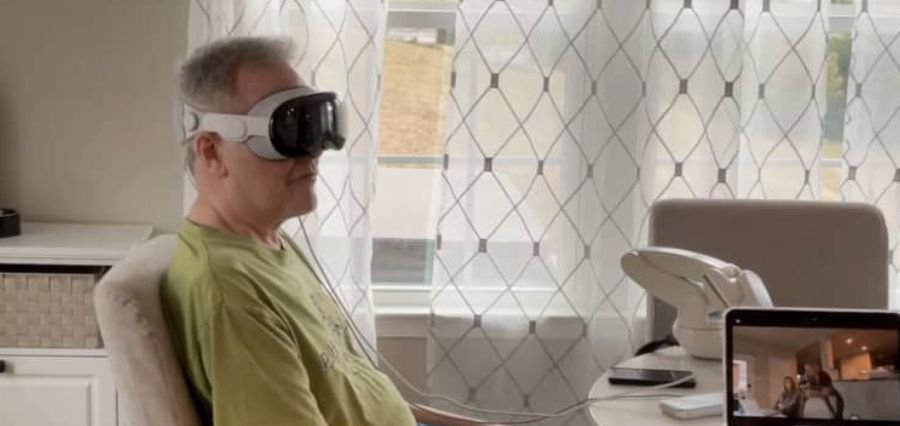Neurotech startup Synchron announced on Tuesday its successful integration of a brain-computer interface (BCI) with Apple’s Vision Pro headset, allowing patients with limited mobility to control the device using only their thoughts. Synchron’s BCI technology, designed to assist patients with paralysis in operating smartphones and computers, has been implanted in six U.S. patients and four in Australia. The company is awaiting approval from the U.S. Food and Drug Administration for broader commercialization.
Apple’s Vision Pro, released earlier this year, typically relies on eye movements, voice commands, and hand gestures for control. Synchron has focused on making it accessible for patients who cannot speak or move their upper limbs. CEO Thomas Oxley praised Apple’s iOS accessibility platform, which influenced the decision to initially integrate with Apple devices. Oxley noted the potential for future integrations with other headsets but emphasized starting with Vision Pro due to Apple’s support.
Oxley highlighted the synergy between BCI technology and Apple’s ecosystem, expressing confidence in the added value this integration brings. Synchron is the first company to connect its system to the Vision Pro, joining a competitive BCI industry alongside firms like Paradromics, Precision Neuroscience, Blackrock Neurotech, and Elon Musk’s Neuralink.
Synchron’s BCI, inserted via the jugular vein, reaches the motor cortex surface without requiring open brain surgery. The device includes a stent-like structure connected to an antenna under the skin in the chest, which collects and transmits brain data to external devices.
A 64-year-old patient named Mark, diagnosed with amyotrophic lateral sclerosis (ALS) in January 2021, has been pioneering Synchron’s work with the Vision Pro. Implanted with the BCI in August 2023, Mark has lost function in his shoulders, arms, and hands but can still speak and walk short distances. He has been testing the Vision Pro since April, using it to send texts, play games, watch TV, and even create art, despite losing the ability to lift his arms.
Mark’s work with the Vision Pro demonstrates the potential of BCIs to enhance independence for individuals with severe mobility impairments. Synchron is preparing for a larger clinical study, with hopes of improving the experience for more patients. Oxley views the integration as a significant step in restoring digital engagement capabilities for paralyzed patients, marking the beginning of a new therapeutic option.





